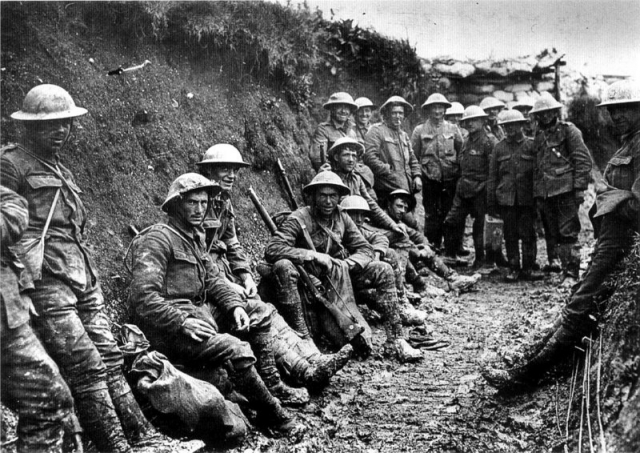The centenary of the Battle of the Somme
1 July – 18 November 1916

Remembrance
Up and down the UK and parts of France, as well as across the world vigils will be held over the next 141 days for those that fought and were affected by the Battle of the Somme.
It is typical for most nations to commemorate their victories and successes and the British are usually no different in that sense, but the Battle of the Somme is an exception. The Battle of the Somme is the most costly battle in terms of casualties that Britain and its Commonwealth and Empire has ever experienced, before or since. There were approximately 58,000 casualties; 19,000 of which were deaths on the first day alone.
The attack on 1 July 1916 had been planned in meticulous detail. During the week before 1.6 million shells were fired at the German Font line; the largest artillery barrage the British had ever mounted at that point. The preparations were not just on top of the ground but underground, as huge cavities were mined out under German frontlines, to be filled with explosives. All of this so that when the whistle blew and the signal to go over the top was given men from the Allied trenches would be able to walk to the enemy and seize their positions. Unfortunately the Germans had secured their dugouts deep, they simply sheltered throughout the week long artillery barrage and stood ready in their positions once the silence came that would signal an imminent attack. When Allied forces strode across no-man’s land they walked straight into enemy fire.
We know that the day was supposed to be a success that is why the film makers were there to capture one of Britain’s greatest conflicts. Instead they recorded a tragedy. The images of the horror were brought into cinemas throughout Britain and remain part of our historical record today.
Over the course of the battle men from across the UK, Empire and Commonwealth would be involved. For many these were the new volunteer recruits who had come forward at their country’s call. Although relatively well trained nothing could have prepared them for that first day. From the UK the Pals battalions as they were known were knocked apart. Areas of Yorkshire and Lancashire reported whole streets of narrow terraces receiving the telegrams for casualties; whole communities would never be the same again. Britain’s famous public schools felt the pain as well, as officers who fought on that first day had a sixty percent casualty rate.
Despite the events of 1 July the battle continued and the fighting went on. Part of the aim was to deflect German attention away from the nightmare battle further down the Western Front at Verdun and that would not be achieved in one day of fighting. Instead those fighting from the army, the Naval Division and the Royal Flying corps were required to continue with their efforts. By September new technology was being used as the tank was introduced at Flers Courcelette. Lessons from that first day and the whole battle were recorded, tactics were altered and everything that had failed would be analysed for how in future battles mistakes would not be repeated.
Despite that the battle of the Somme is not remembered for how it affected the later battles but for the tragedy of the young men that lost their lives. The country pledged that they would be remembered and according to the Commonwealth War Graves Commission: “Some 150,000 Commonwealth servicemen lie buried in 250 military and 150 civilian cemeteries on the Somme. Six memorials to the missing commemorate by name more than 100,000 whose graves are not known.” so that all their names are for ever carved in stone. Across communities their names are also remembered in local church yards, at railway stations and in the entrance ways to schools and businesses.
Of course once that terrible battle was over towards the end of 1916 the killing didn’t stop. The war continued and fighting continued in the area of the Somme. We know how terrible the battle was and the First World War generally, not just from the men that were killed but also from those that fought and did return, many would never be the same again.
When the battle was officially ended the Allies had advanced only 8km (five miles). The British suffered around 420,000 casualties, the French 195,000 and the Germans around 650,000.
The French have Verdun, The Anzac forces have Gallipoli and the UK has the Somme, sometimes it is the tragedies that remind us of what it means to fight for something.
The First World War shaped our lives and our language, we don’t always realize it now but its legacy is there around us in so many ways. For the men who fought on the Somme and the women and men that were there in the hospitals and in the support work, for the families whose lives would be shattered the impact of the Somme was something they could not forget.
Over the next few weeks it is something we should remember – if only to be reminded of what those who went before us fought for and why peace is so important.

